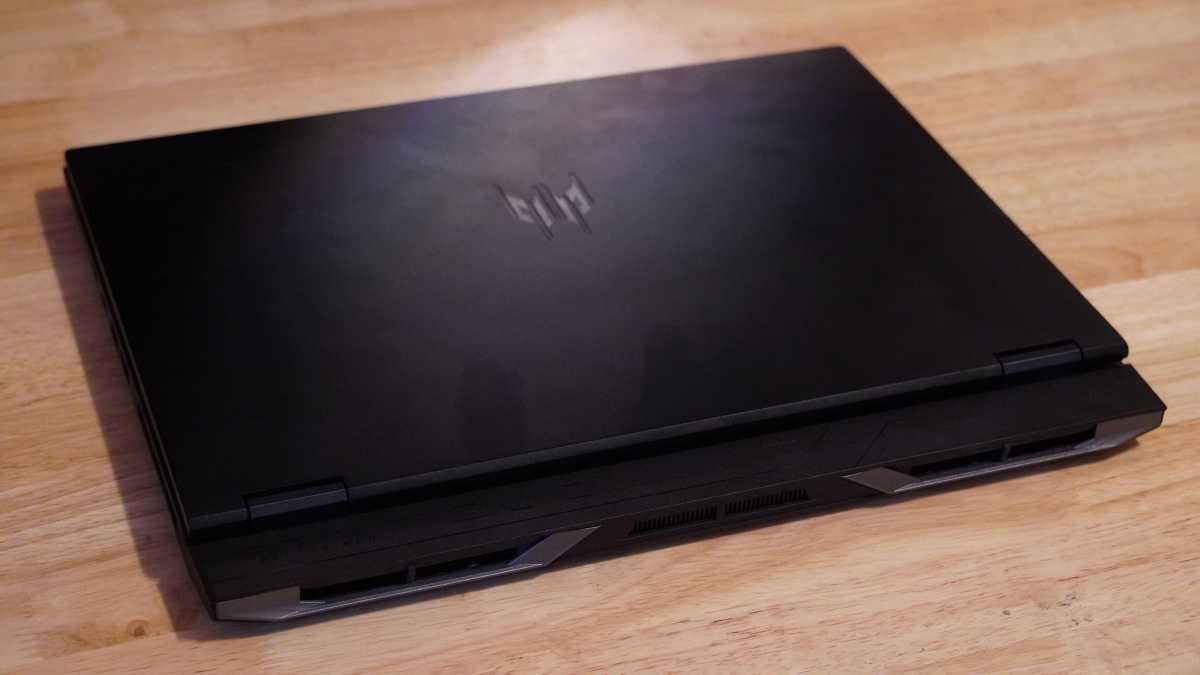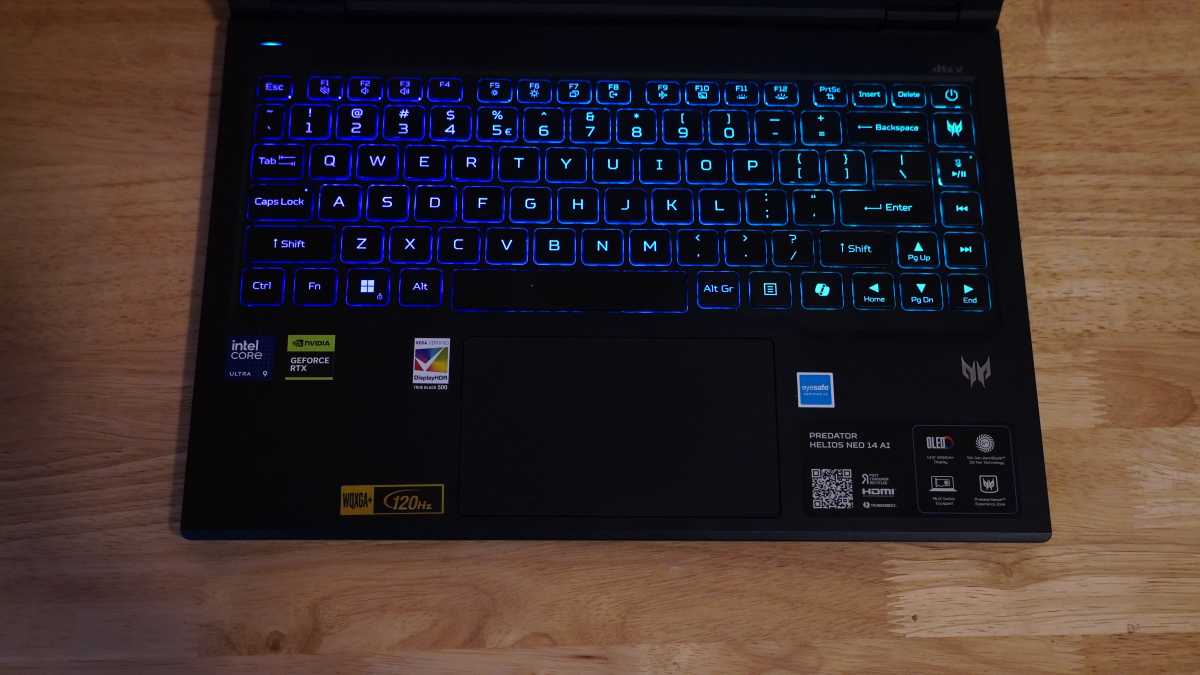The pursuit of a compact gaming laptop is a crowded field, but Acer’s Predator Helios Neo 14 AI feels…lost. It aims for portability, yet lands as bulky. It strives for power, but falls short of true dominance. This machine exists in an awkward middle ground, never fully realizing its potential as either a lightweight travel companion or a high-performance gaming rig.
Under the hood, the Helios Neo 14 AI boasts impressive specifications: an Intel Core Ultra 9 processor, 16GB of LPDDR5X memory, and an Nvidia RTX 5060 GPU. On paper, it’s a recipe for success. However, translating those specs into a compelling real-world experience proves challenging. The machine consistently delivers *good* performance, but rarely *exceptional* performance, often trailing behind competitors in key benchmarks.
The design doesn’t help its case. While not unattractive, the Helios Neo 14 AI lacks the sleek elegance of rivals like the Asus ROG Zephyrus G14. It’s a reasonably compact 4.14 pounds, but its thickness – exceeding an inch including rubber feet – and a pronounced rear exhaust port make it less convenient to slip into a laptop sleeve. The build quality is a mix of premium aluminum and less inspiring plastic, creating a feeling of compromise.

The keyboard is a significant drawback. Instead of providing a comfortable, stable typing experience, the keycaps bulge slightly, encouraging fingers to slip off the edges. Tactile feedback is inconsistent, and the shrunken right shift key adds to the frustration. While a seasoned typist might adapt, reaching speeds over 110 words per minute feels more like a battle than a pleasure.
Fortunately, the display is a bright spot. The 14.5-inch 2880x1800 OLED panel delivers stunning visuals with 100% DCI-P3 color coverage and excellent accuracy. Reaching 431 nits of brightness (and peaking at 635 in HDR), the screen pops with vibrant colors and deep blacks. The 120Hz refresh rate ensures smooth gameplay, and G-Sync minimizes screen tearing.
Performance testing reveals a consistent pattern: the Helios Neo 14 AI is capable, but not leading. It excels in CPU-intensive tasks, thanks to the powerful Intel Core Ultra 9 processor. However, the RTX 5060 GPU struggles to keep pace in demanding games, often falling behind competitors with similar graphics cards. The system manages respectable frame rates, but doesn’t consistently deliver the highest possible settings.

Cooling is adequate, with the system maintaining consistent performance under load. The fans do become noticeable in Turbo mode, but aren’t excessively loud. Acer’s cooling architecture appears effective, despite a somewhat superfluous rear exhaust port that contains mostly empty space.
Battery life is a major weakness. The 76Wh battery struggles to power the system for more than five hours during local video playback, and real-world usage typically yields even shorter runtimes. This severely limits the Helios Neo 14 AI’s portability, making it less appealing for users who need all-day battery life.
The port selection is well-considered, offering a mix of USB-A and USB-C ports, including Thunderbolt 4 support. However, the placement of these ports – clustered near the front edge due to the rear exhaust – can be awkward when using peripherals.

Ultimately, the Acer Predator Helios Neo 14 AI is a decent laptop that fails to stand out. It’s a jack-of-all-trades, master of none. The Asus ROG Zephyrus G14 offers a more refined design, better battery life, and comparable performance. The Lenovo Legion 5i 15IRX10 delivers superior gaming performance at a lower price. The Helios Neo 14 AI simply doesn’t offer a compelling enough reason to choose it over its rivals.






